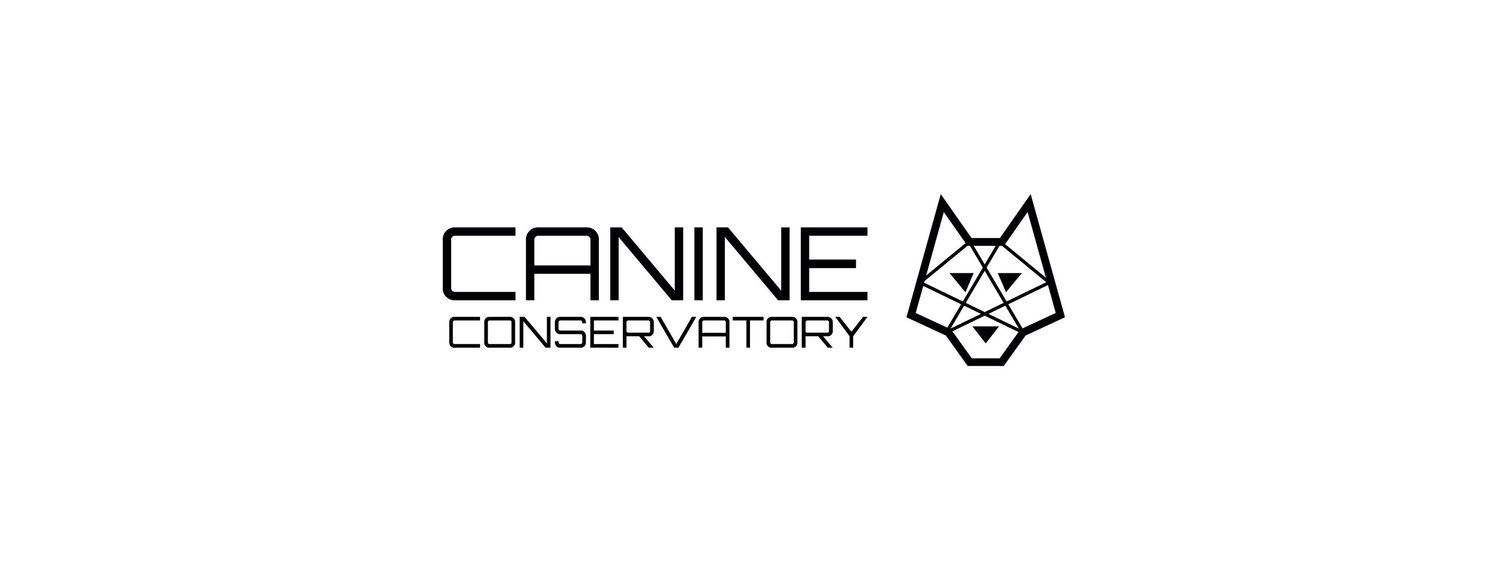What We Teach
Behaviors, Markers, Cues oh it’s about the relationship
“Dog’s, just like humans, gain courage and confidence by learning useful skills.” - Kurt Burk
Teaching your dog what Markers and Release Cues mean can significantly enhance the relationship between a dog and her guardian. Teaching a dog to respond to these cues over and over creates muscle memory reflexes. In order to foster trust and understanding, the key behaviors need to be taught as part of an over arching culture with the goal of full stimulus control in the real world.
Markers & Release Cues
Help to teach your dog what is correct and complete, when they are on track and to keep going and remain in current position, and when they are free to be free.
Yes or click = Treat. Behavior is complete. Bingo. Free.
Good = Keep Going. Stay in Position. Good job. Sometimes Treat. Status Quo.
Release cues “Okay” or “Free”= Current Behavior is complete and reinforcer is Freedom.
The Release Cue“Get it” = Current Behavior is complete and reinforcer is Play Begins.
Think of the controls on a video game as the markers and cues you can press to help your dog to understand a common language.
“NO” or “Wait” = Stop Moving. Put on the Brakes. We do not generally teach “No” as a NRM or No Reward Marker. It has been our experience that it is better to teach “No” as a behavior that means STOP MOVING rather than a potentially confusing Punisher.
“Leave it” = Disengage from an object or person or dog and back away. I usually simply call a dog away with a “come” behavior.
BUT our Goal is to teach what WE WANT our dog to be doing verses what WE DON’T WANT. For example, the dog is about to jump on someone, the goal is to say “Sit”or “Down” when a human approaches. If a dog is running towards something undesirable, we can redirect our dog with an incompatible behavior by teaching a solid reliable “Down” or “Come” behavior.
Behaviors
Canine Con Core Behaviors
This list will serve as the foundational behaviors that you, Kurt Burk, prioritize in your dog training philosophy. Each behavior is designed to enhance communication, safety, and the overall bond between dogs and their handlers, utilizing a positive and reinforcement-based approach.
Respond to Name: Teaching the dog to turn and pay attention upon hearing their name.
Marking with "Yes" or Click: Using a verbal or clicker cue to mark correct behavior instantly.
Good = Praise, Duration, KGS: Keep going signal, duration, praise, attention
Release with "Ok": Release cue to Freedom for the dog.
Release Cue "Get It": Releasing the dog to engage with a toy.
Come! or Recall: Ensuring the dog returns to you regardless of distractions.
Sit & Up Sit: Teaching the dog to remain sitting until given a release cue.
Down or Lay Down: Encouraging calmness and restraint by staying down until released.
With Me and Loose Leash Walking: Promoting attentive walking without pulling.
Touch Nose to Target: Increasing focus and serving as a base for more complex tasks.
Follow Hand Target: Enhancing guidance of the dog’s movements.
Go to Pointed Location: Directing the dog to specific spots or objects from a distance.
Stay: Instructing the dog to remain in a spot relaxed until cued otherwise.
Heel: Keeping the dog at a heel position, particularly in crowded or distracting settings.
Stand ("On Your Feet"): Useful for grooming and vet visits, providing an alternative to sitting or lying down.
Auto Threshold Wait: Teaching caution at thresholds like doorways until released.
No or Wait: Pausing the dog’s actions immediately to prevent unwanted behaviors.
Leave It: Preventing the dog from engaging with unwanted items or distractions.
These behaviors are structured to foster not only obedience but also a deep understanding and responsiveness that enhance safety and the bond between the dog and handler.







